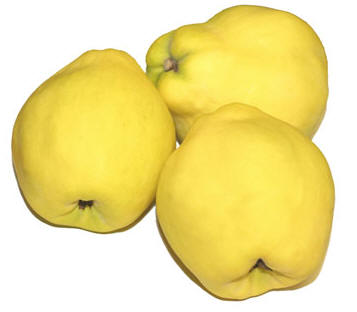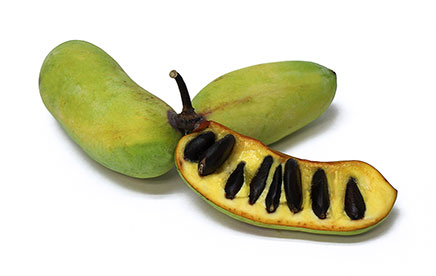
FRUIT LIST LINKS
|
QUINCE & PAWPAWS The plant nursery has closed for retirement. We thank you for your pratronage through the last 26 years. Bill Ford is available for consultation and presentations. Please feel free to use the following pages for reference. Happy gardening! Smyrna Quince
An old Turkish variety, self pollinating. Large elongated Lemon yellow skin, flesh is tender, highly perfumed with excellent flavor. Great for cooking, pies, candies jellies & preserves. Ripens in September. (100+ chill hours below 45° F) Zones 6-9. Pineapple Quince
Self pollinating. Large, smooth golden yellow skin. White flesh with slight pineapple flavor. Good for cooking, fresh eating & jellies. A heavy producer, Pineapple is the #1 commercial variety in CA, originating in 1899. Ripens in September. (100+ chill hours below 45° F) Zones 6-9 Native Pawpaws
Planting
Information/u>
Quince
A cousin to the apple and pear, quince prefer full
sun conditions. Soil should be an almost neutral pH of 6.1 - 7. May add a
lightly amount of organic matter and garden lime. Pruning of the 10 - 20 ft
trees is like an apple tree for best production. Recommended spacing is minimum of 15 ft. between
trees.
Pawpaws
Native to Eastern USA from New York down
to Northern Florida usually growing as an understory tree. Shading
is needed for the first few years, so planting at the edge of a
wooded area would be ideal. The soil should be slightly acidic (pH
of 5.5 - 7), high in organic matter and well drained as they will
not grow well in heavy or wet soils. The large shrub / small tree is
resistant to most all insects and diseases.
|
|
